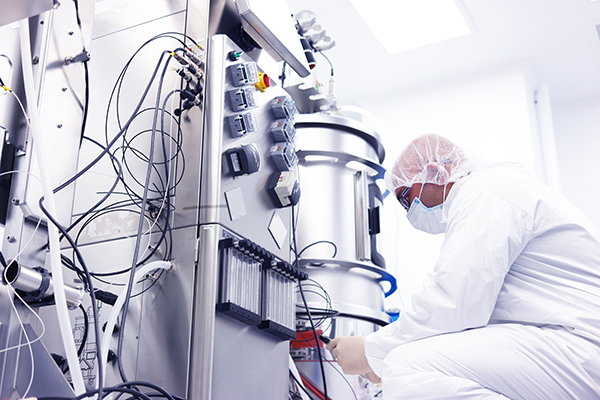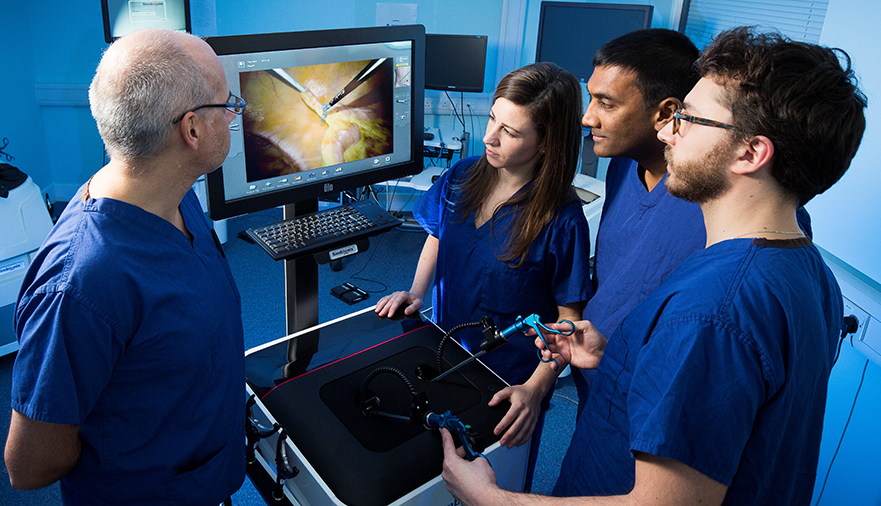Cell therapy manufacturing has emerged as a promising therapeutic approach for treating various diseases. This advanced technology uses living cells to replace or repair damaged tissues and organs in the body. With continuous improvements in the field, cell therapy holds potential to revolutionize patient care in the coming decades.
Current State of the Field
The current state of cell therapy manufacturing is still in its infancy stage with a lot of room for growth and innovations. However, significant progress has been made over the last two decades in developing techniques and infrastructure to manufacture cell therapies at an industrial scale. Some key areas that have contributed to the advancement of the field include:
– Development of Good Manufacturing Practices (GMP): Adoption of strict GMP guidelines by regulatory agencies like the FDA has ensured consistent and reliable production of cell therapies. This has provided a standard process to scale-up manufacturing while maintaining quality.
– Advances in Cell Source and Types: Researchers are exploring new cell sources like induced pluripotent stem cells (iPSCs) and alternative cell types beyond hematopoietic stem cells. Understanding the potential and limitations of different cell sources is expanding the scope of treatable conditions.
– Automation and Standardization of Processes: Technologies like microfluidics, closed systems bioreactors and automated workflow platforms have increased process efficiency, reproducibility and throughput of cell manufacturing. This has addressed some of the operational challenges of manufacturing living biological products.
– Modeling and Process Analytical Technology (PAT): Modeling techniques and real-time monitoring tools using PAT are helping gain deeper insights into cell behavior and manufacturing processes. This is facilitating continuous process verification, process optimization and process understanding.
Challenges and Limitations
While progress has been remarkable, Cell Therapy Manufacturing is still constrained by various technical and operational challenges that need to be overcome to realize its full potential:
– Supply Chain and Logistics: Geographical and timing requirements of delivering live cellular products pose unique supply chain challenges. Advanced logistics capabilities are required to maintain cell viability during shipment to remote locations.
– Manufacturing Cost and Scalability: Large-scale production using current techniques is often cost-prohibitive for widespread adoption. Additional innovations are required to drive down costs while improving scalability of manufacturing technologies.
– Product Characterization and Quality Assurance: Ensuring consistent characterization and quality of cell therapy products remains an area requiring further optimization and standardization. Advanced technologies for multi-parametric analysis of cell properties need to be established.
– Long-term Storage and Inventory Management: Maintaining viable product reserves over extended periods requires novel cryopreservation techniques and inventory tracking systems. This is crucial for ensuring uninterrupted supply and reducing manufacturing turnaround times.
– Limited Shelf Life: Short shelf life of most cell therapy products necessitates on-demand manufacturing models. This introduces complexities in production planning and meeting fluctuating commercial demand.
– Regulatory Challenges: Evolving regulatory requirements and lack of universal standards continue to pose compliance challenges, especially for new cell sources and manufacturing platforms.
Future Outlook and Conclusion
Considering the initial success and ongoing advances, cell therapy manufacturing is positioned for significant growth in the upcoming decade. Researchers and companies across the globe are working to address the existing technological and operational challenges. Continued investments are also being made to translate academic discoveries into scalable and commercially viable manufacturing processes.
With upcoming regulatory approvals of novel cell therapies and expansion into new application areas, commercial demand is set to rise exponentially. As manufacturing capabilities catch up to the science, cell therapies have the potential to revolutionize the treatment of various debilitating and life-threatening health conditions. Although significant challenges remain, cell therapy manufacturing technology is steadily maturing into an indispensable part of the healthcare ecosystem. With coordinated global efforts, this emerging field shows promising indications to become a mainstay in patient care worldwide.
*Note:
1. Source: Coherent Market Insights, Public sources, Desk research
2. We have leveraged AI tools to mine information and compile it



